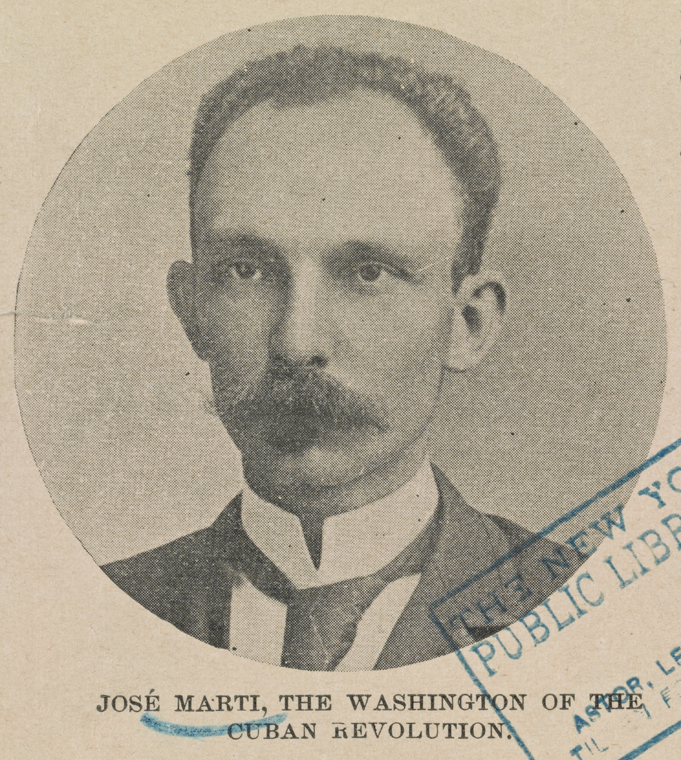
Analysis:
This primary source is a manifesto written by José Martí and Maximo Gomez in the Dominican Republic in 1895. Right after this was posted, the two traveled to Cuba to organize and partake in the 3rd Cuban revolution. At this time, Cuba was still under Spanish influence despite two attempts at separating. Both Marti and Gomez were Cuban nationals who strongly believed in an independent Cuba. Marti had been a professional writer which he developed skills used to write this manifesto. Gomez was a former military commander in chief of the Cuban army before moving to the Dominican Republic as a way of avoiding Spanish rule. They wrote this manifesto with the hopes of gaining allies among different races and cultures in the Caribbean. The manifesto describes it as a multiracial, cross-class coalition. This was a critical step in unifying and gaining enough power to overthrow Spain in the country and region.
The most important aspect of the manifesto to analyze is how they are approaching race and classes. They go out of their way to emphasize a multiracial base of supporters. This shows how much they were trying to group together support and reduce divisions within the Cuban population. If a country is going to succeed in a revolution, they need to have a unified people strong enough to stand up to the occupying country. This is what this manifesto was attempting to do. Create unification among all Cubans no matter their race or social/economic class.
Sources:
Martí, José and Máximo Gómez, Manifesto of Montecristi, March 25, 1895. in American Empire at the Turn at the Twentieth Century, edited by Kristin Hoganson, p. 61-62. Bedford/St. Martins, 2017.
The Miriam and Ira D. Wallach Division of Art, Prints and Photographs: Print Collection, The New York Public Library. “Portraits” New York Public Library Digital Collections. Accessed October 26, 2022. https://digitalcollections.nypl.org/items/5e66b3e9-22c9-d471-e040-e00a180654d7